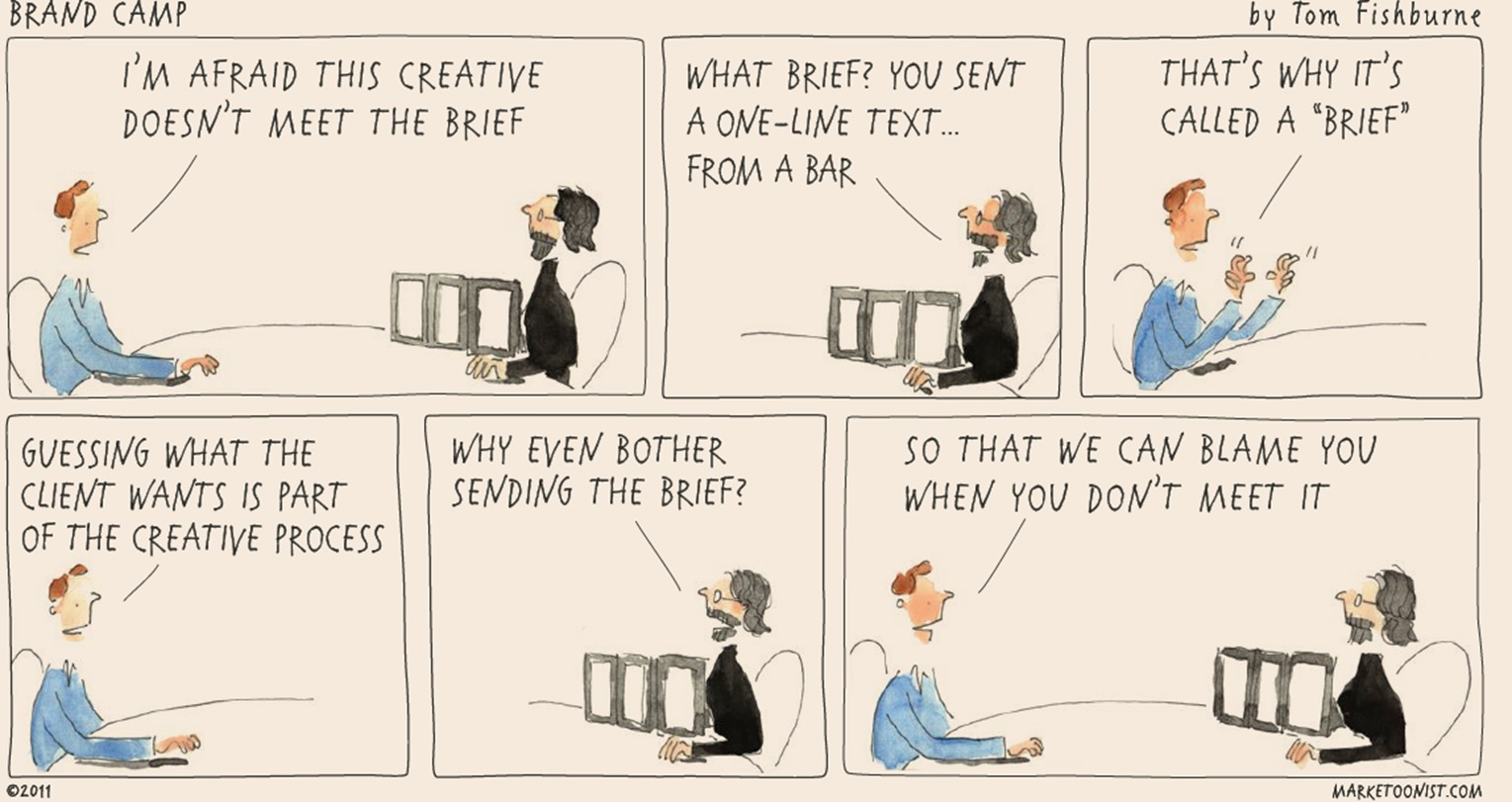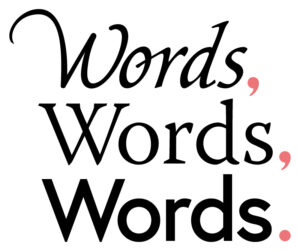By Jeff Edis, Senior Copywriter and founder at Words Words Words UK
To be historically correct, the phrase first emerged as ‘Garbage In, Garbage Out’. It’s attributed to George Fuechsel, an American IBM technical instructor, who came up with it in the early 1960’s. Whichever version you go with, it expresses with unique clarity the challenges that faced computerisation in its early days.
And whilst we’re talking history, the originator of this penetrating thought was George Babbage the father of the computer. A mathematician, philosopher and mechanical engineer, Babbage was the originator of the digital, programmable machine. Retelling an early encounter with some members of England’s Parliament he had been asked ‘Pray, Mr Babbage, if you put into the machine wrong figures, will the right answers come out’? His response was, “I am not able rightly to apprehend the kind of confusion of ideas that could provoke such a question”. Or as George Fuechsel instructed his trainee computer engineers some two centuries later, “Garbage In, Garbage Out”.
Since the 1960’s computing power has grown exponentially. No better demonstrated by the fact that today’s smart phone is powerful enough to have put a man on the moon in 1969. This is no urban myth, as a modern smartphone is more powerful than the guidance computer NASA used for the famous Apollo 11 mission. And if you want to get technical about it, mobile devices have over 4 million times more rewritable memory than in the Lunar and Command module’s computers.
In short, the idea of Rubbish In, Rubbish Out, as far as computers are concerned, has been left trailing in the wake of history. Today we are faced with the challenges of AI and the imminent possibility of quantum computers. Many observers and commentators are of the opinion that they will bring to reality another famous and prescient phrase “It’s life Jim, but not as we know it”.
Rubbish In, Rubbish Out may no longer be relevant to today’s computer age, but it’s far from past its sell by date. It has entered the vocabulary as a warning that the idea of turning base metal (inaccurate information) into gold (new insights and understandings) is idiocy, not alchemy. And for the purposes of this article I am going to demonstrate its relevance to the communications industry. Or more particularly the creative brief.
There was a time when life in advertising agencies was a lot simpler. Simply because before the digital age there were only a small number of media options in a standard advertising campaign. Based on target audience and budget you could mix and match, TV, Radio, Press, Magazines, Posters, and Direct Mail. That’s why a standard ‘one size fits all’ creative brief did the job. So, what happened to the creative brief when faced with everything from website copy and social media posts to email campaigns and blogs.
Unfortunately, nothing much. In far too many cases the ‘one size fits all’ creative brief that emerged in the 1960’s is still used to this day. Which explains why the never-ending process of defining and clarifying the brief can take weeks of trial and error, by both agency and client. Followed by endless months of abortive creative concepts, design and copywriting. The end result being disappointing output and unimpressive results.
As I was in the process of launching a new venture that required copywriting briefs, I decided it was the perfect opportunity to put in the time and effort to put the issue of the creative brief to the test. The objective was to include all of the necessary questions in the initial brief, so that every piece of relevant information was covered, leaving no information gaps whatsoever. Which meant that the frustrating process of endless definition and clarification was taken out of the process.
After examining every possible source of creative and copywriting briefs on the internet the results were extremely revealing. If every relevant type of question was included the brief for copywriting a website covered a comprehensive 43 probing questions, requiring specific information, without any ‘wiggle room’. Whereas the brief for a general copywriting project only required 24 questions of a more general nature. The brief for an email campaign had to contain 35 interrogations for the information needed and when it came to a blog, the input amounted to 39 questions to give it a unique personality. And although there was a certain amount of overlap the differences, made all the difference.
Having done the research and analysis I would like to share my findings, to put an end once and for all to the ‘one size fits all’ brief that makes a mockery of the many and varied digital channels that make up today’s communications highway. And before scepticism starts to rear its ugly head, this is not an email harvesting ploy. Simply go to the following link and download the briefs without having to provide a smidgen of your personal information. The link is https://wordswordswords.co.uk/brief/ and happy briefing.


